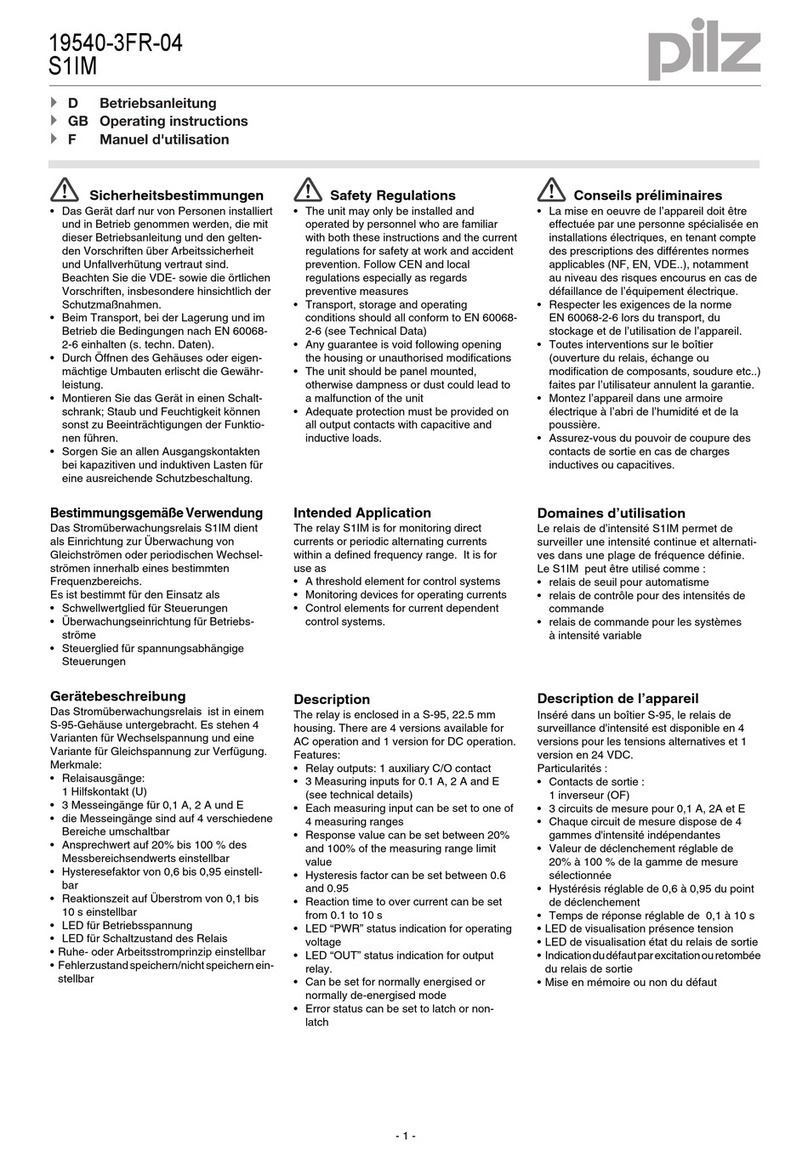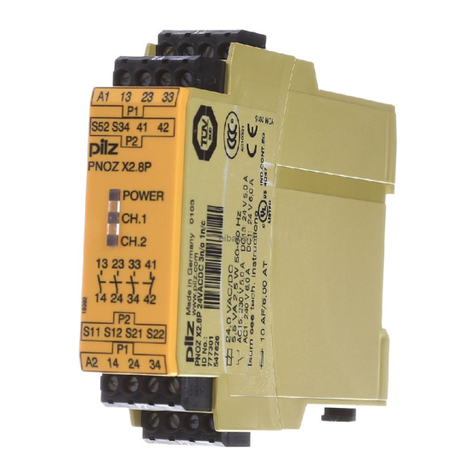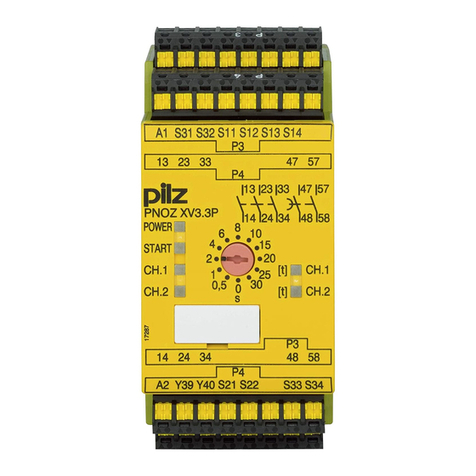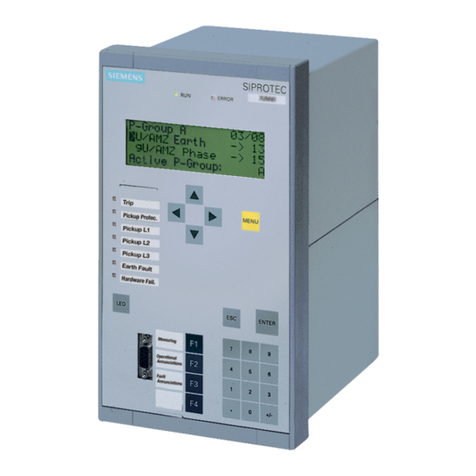Pilz PNOZ s6.1 User manual
Other Pilz Relay manuals
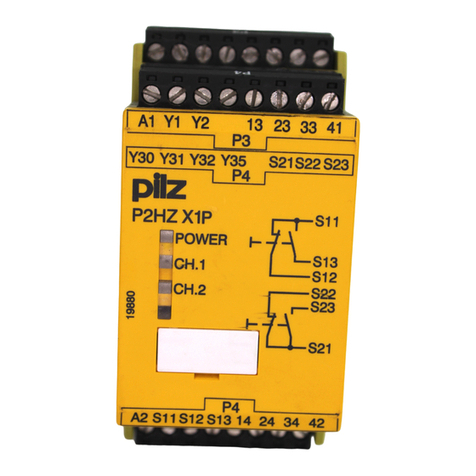
Pilz
Pilz P2HZ X1P User manual
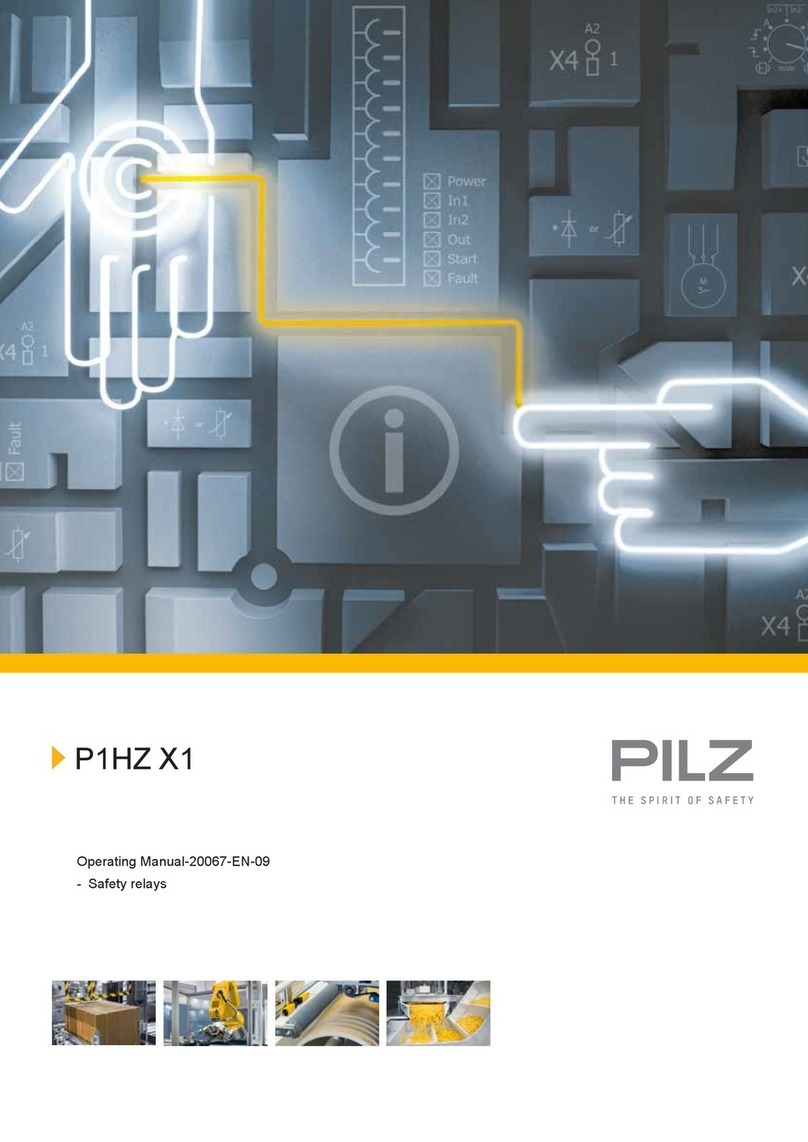
Pilz
Pilz P1HZ X1 User manual
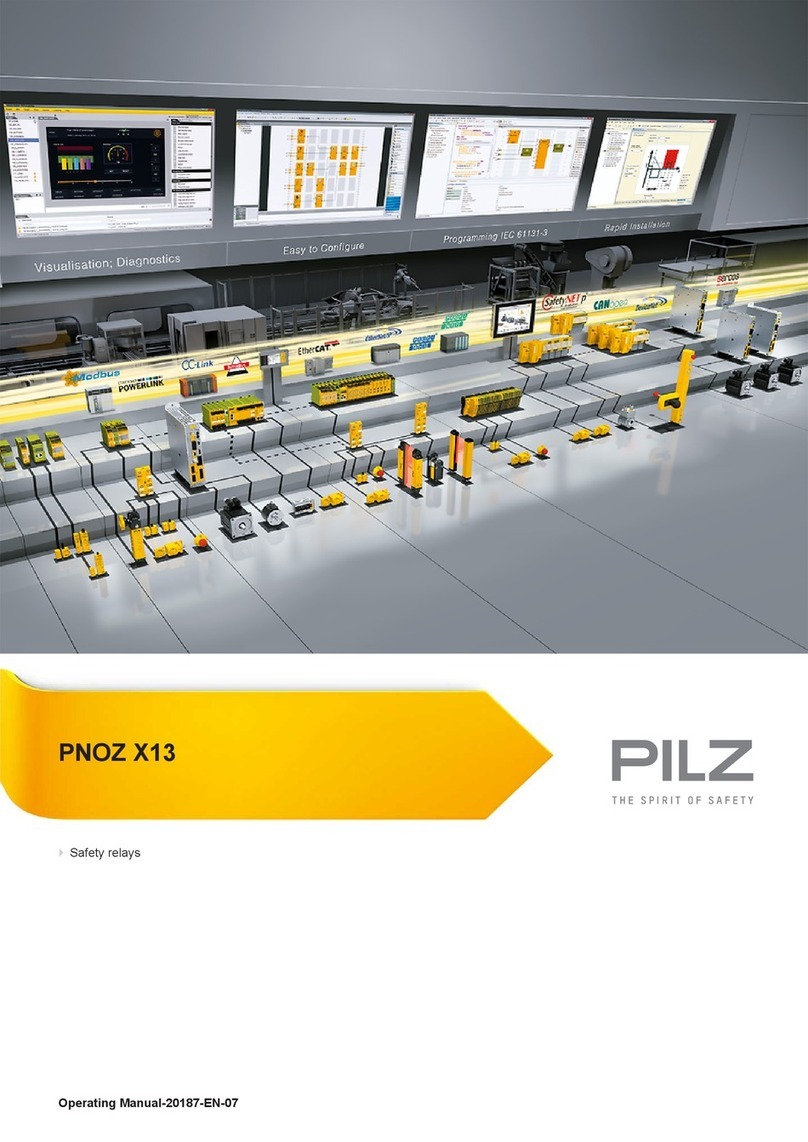
Pilz
Pilz PNOZ X13 User manual
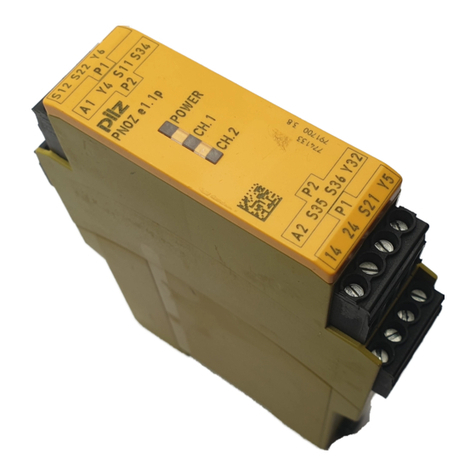
Pilz
Pilz PNOZ e1.1p User manual
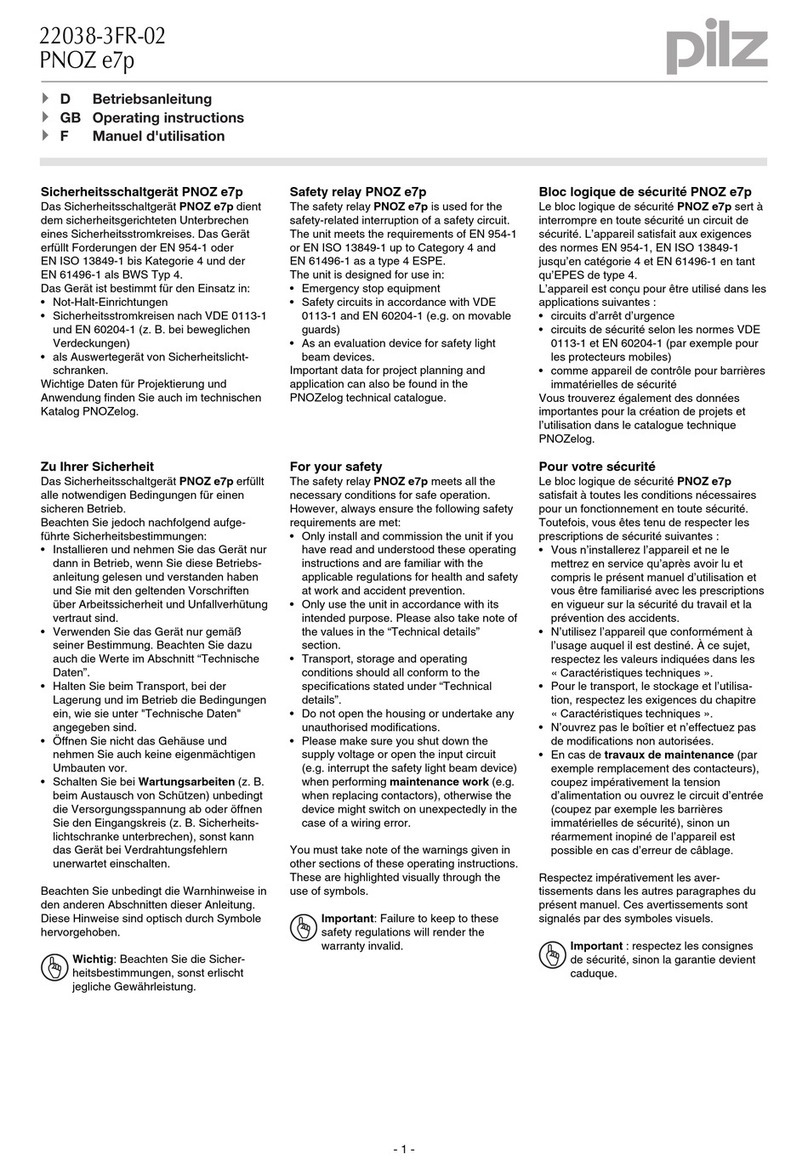
Pilz
Pilz PNOZ e7p User manual

Pilz
Pilz PNOZ s6.1 User manual
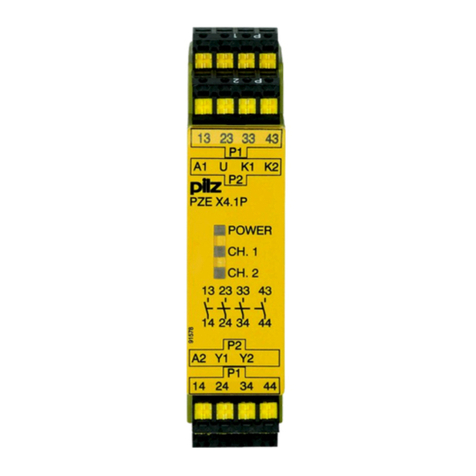
Pilz
Pilz PZE X4.1P User manual
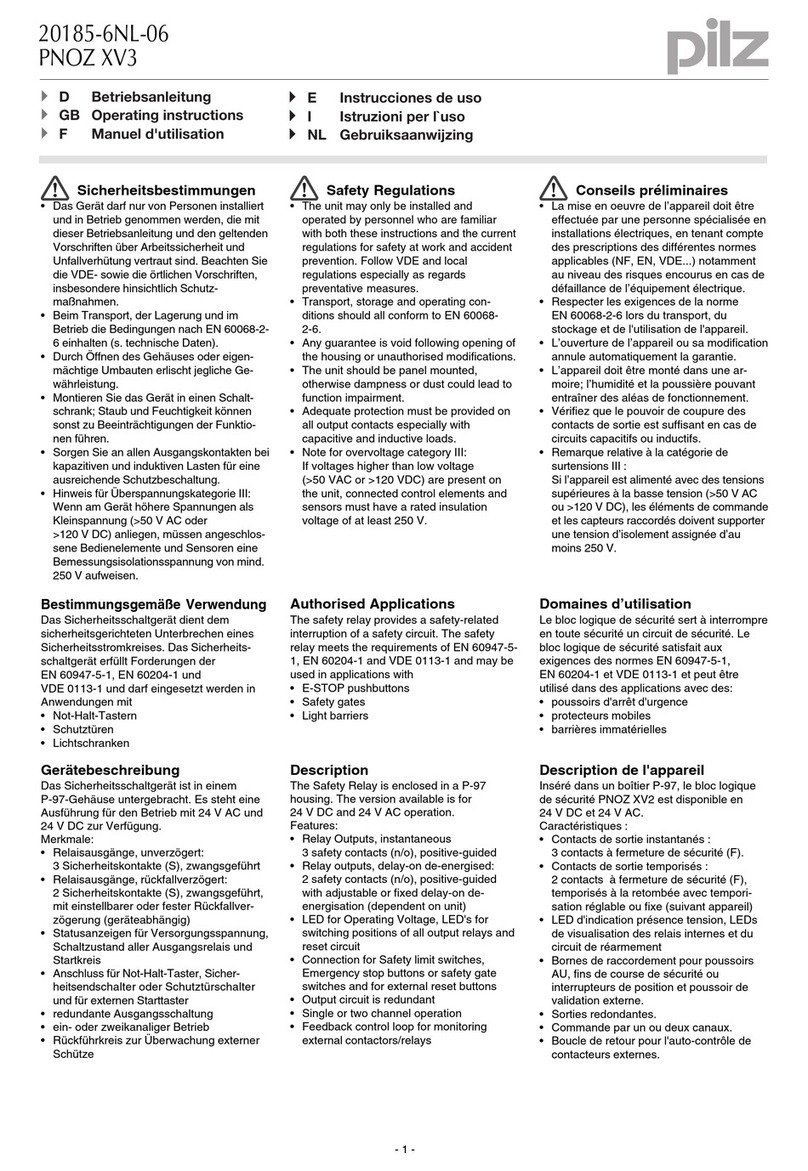
Pilz
Pilz PNOZ X Series User manual

Pilz
Pilz PNOZ X1P User manual

Pilz
Pilz PNOZ e3.1p User manual
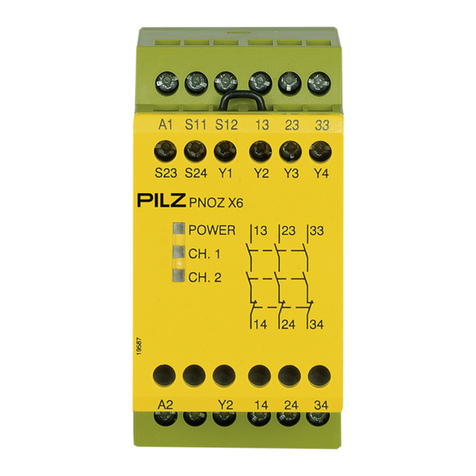
Pilz
Pilz PNOZ X6 Quick start guide

Pilz
Pilz PNOZ s30 User manual
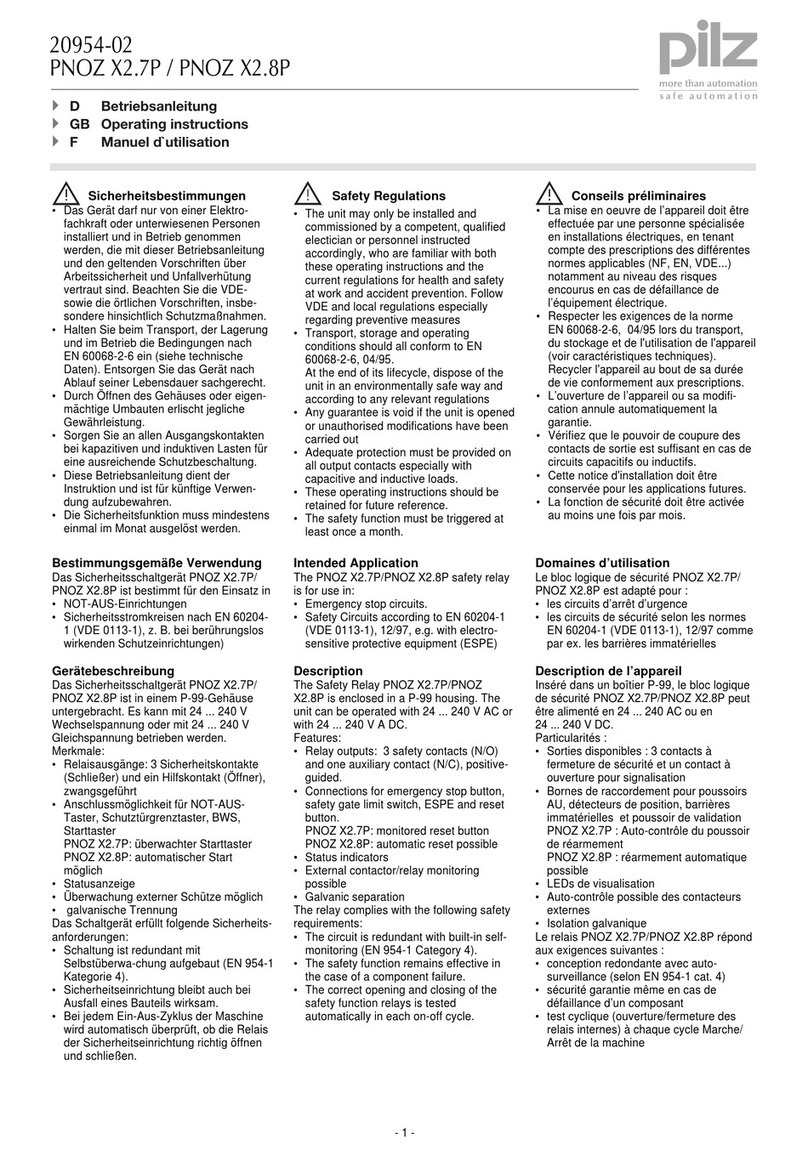
Pilz
Pilz PNOZ X2.7P User manual
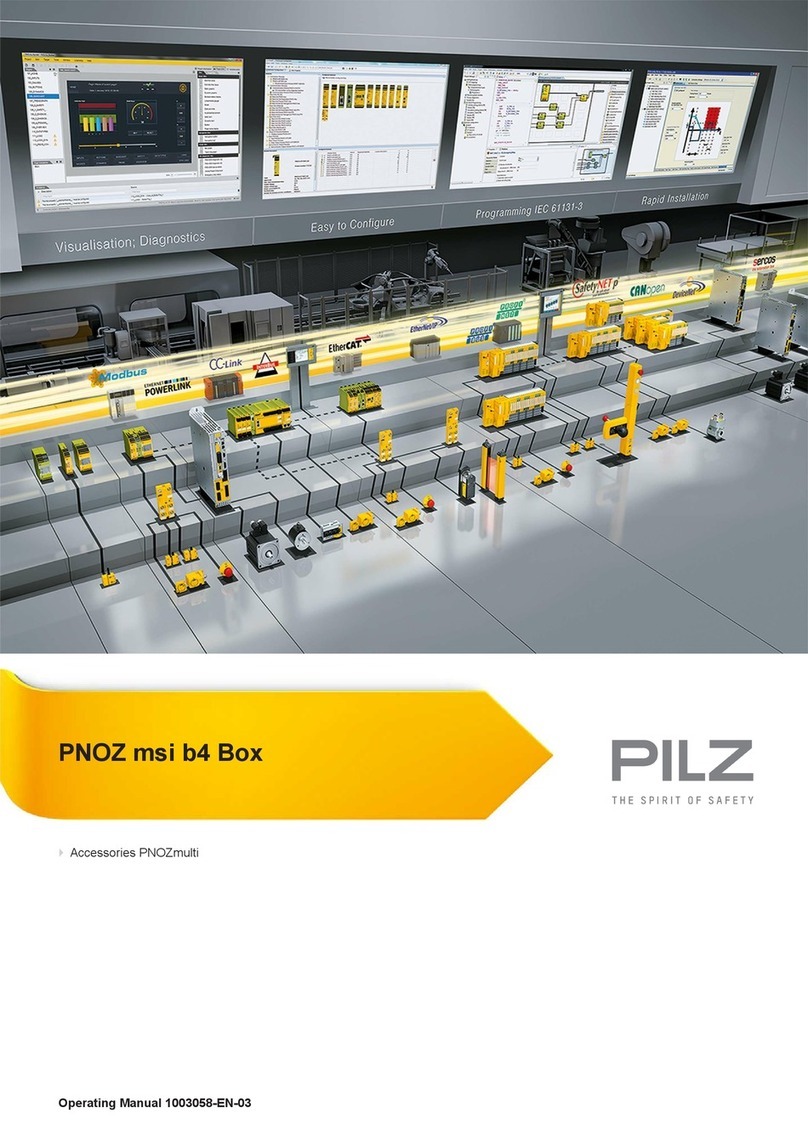
Pilz
Pilz PNOZ msi b4 Box User manual
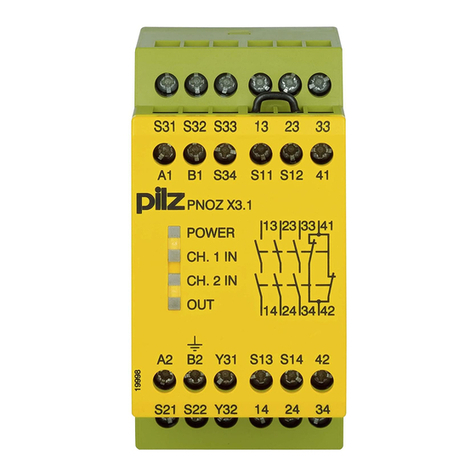
Pilz
Pilz PNOZ X3.1 User manual
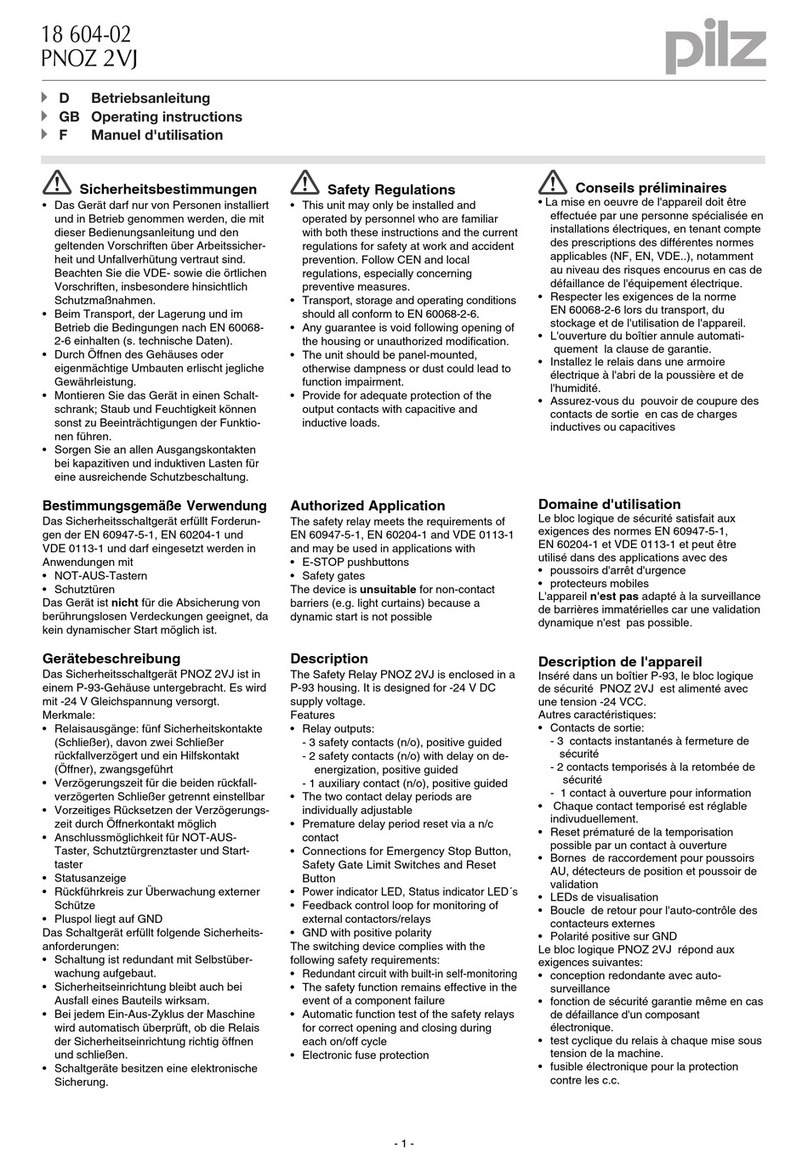
Pilz
Pilz PNOZ 2VJ User manual
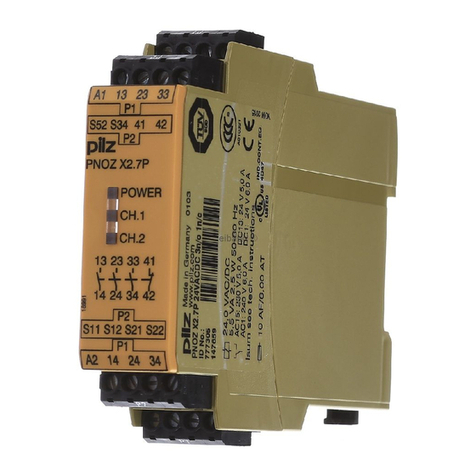
Pilz
Pilz PNOZ X2.7P User manual
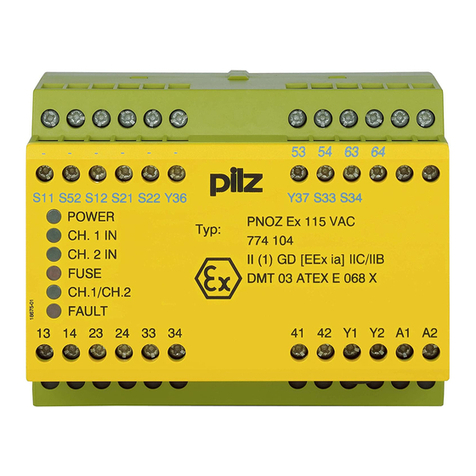
Pilz
Pilz PNOZ Ex Series User manual

Pilz
Pilz P2HZ 5 User manual
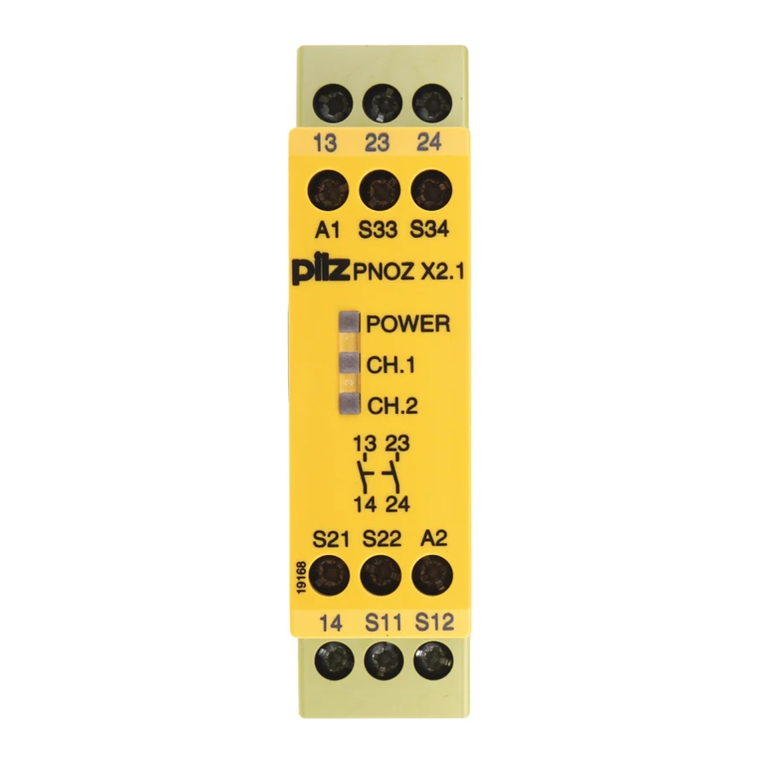
Pilz
Pilz PNOZ X2 User manual
Popular Relay manuals by other brands

CD Automation
CD Automation REVEX 2PH 280A user manual

ABB
ABB SPAJ 142 C User manual and technical description

Ruelco
Ruelco 1S04 Operation manual

Basler
Basler V3E Z1P B2C1F instruction manual
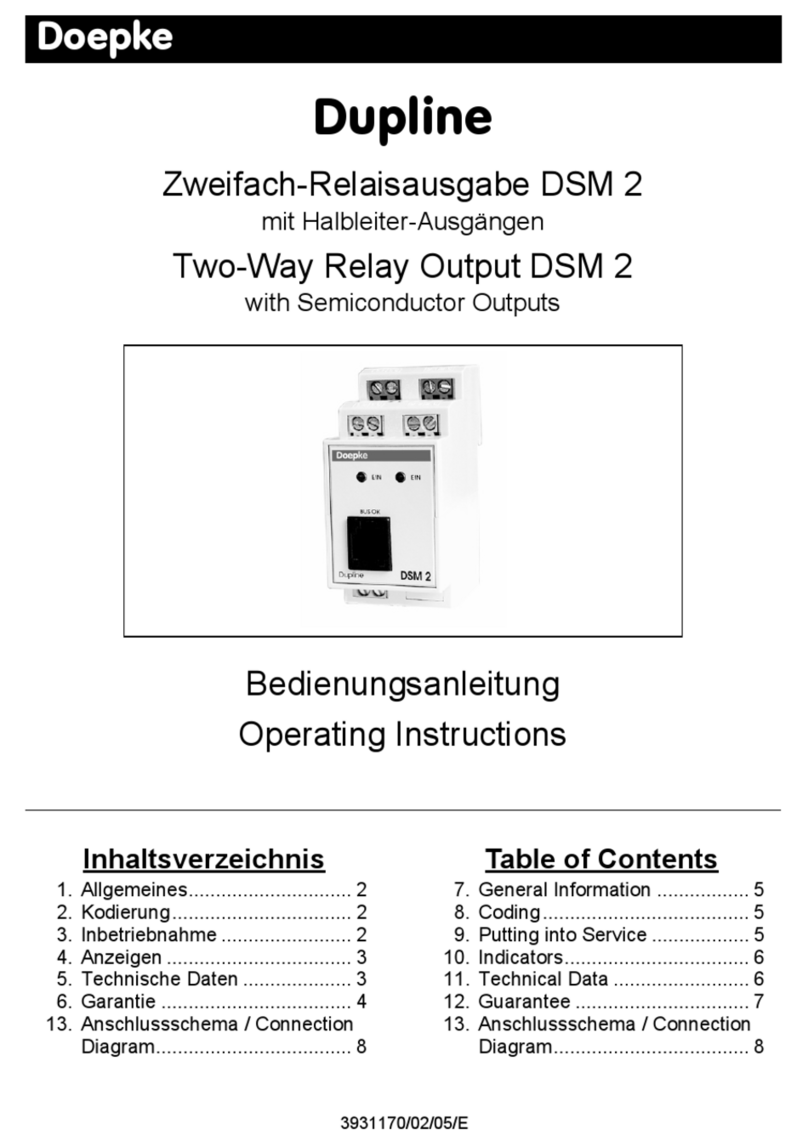
Doepke
Doepke Dupline DSM 2 operating instructions
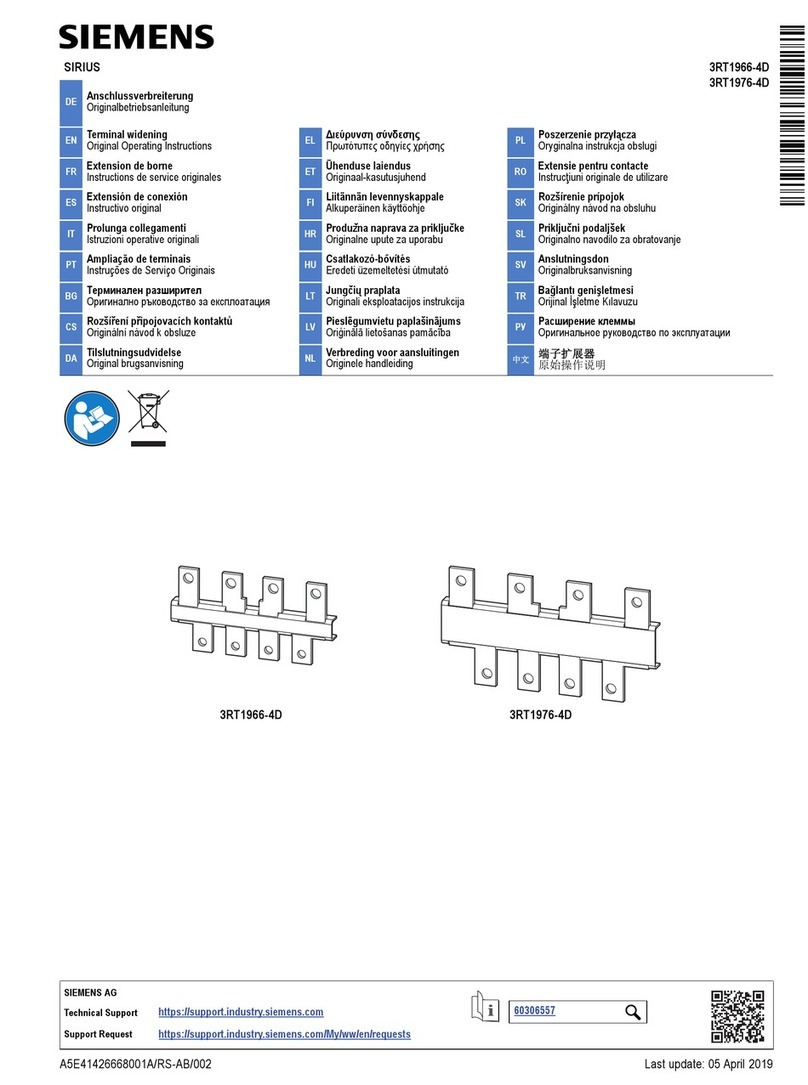
Siemens
Siemens SIRIUS 3RT1966-4D Original operating instructions
